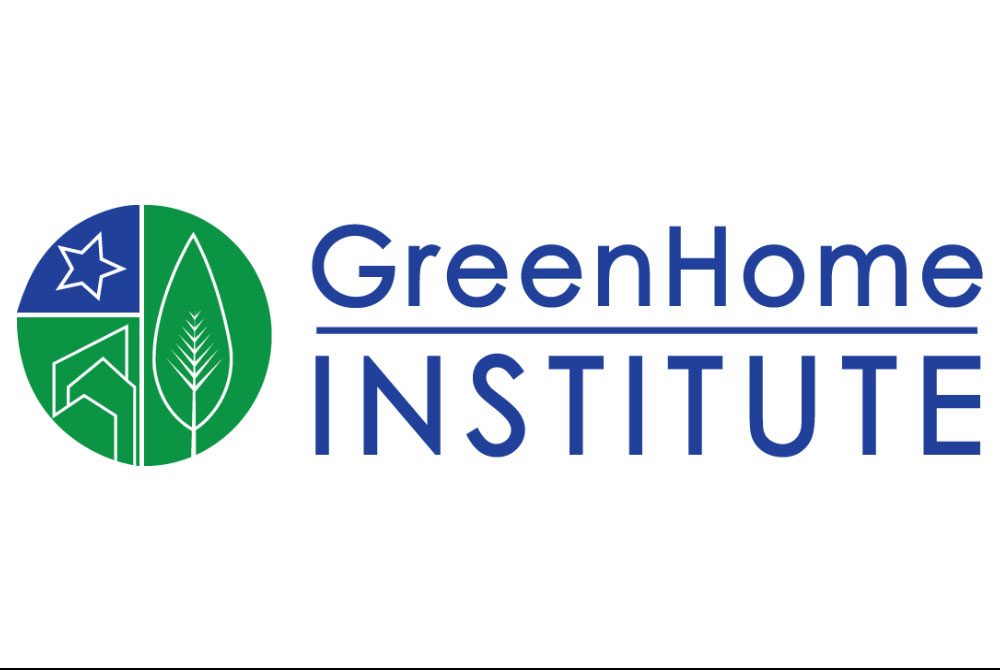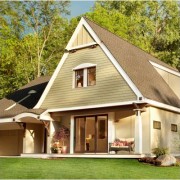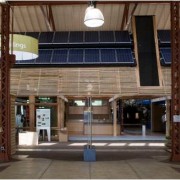Recently, many people have told me they thought a LEED for Homes certification was going to cost many thousands of dollars – even over $10,000. This simply isn’t true, at least not when using the Green Home Institute () as the LEED for Homes Provider. So let’s bust this myth.
If a quality homebuilder knows a little about green design and construction, and is already doing many efficient construction practices (which often means Quality building), there isn’t a big step to construct a LEED-certified house. To borrow a pun, they are already close to Leading in Energy and Environmental Design, particularly if they review our 22 tips to earn 70+ points. Now, there may be some design-related costs outside of LEED – such as installing renewable energy system – but that is not required for LEED certification. Many builders such as Habitat for Humanity are able to build multiple LEED homes at no extra construction cost.
Let’s look over the actual LEED certification-related fees for a typical single-family home. When using as the LEED for Homes Provider, there are four required fees:
- single-family home fee: $650
- USGBC Registration fee: $150 / $225 (depending on USGBC membership)
- Green Rater fee: Varies based on scope of work, typically $1700, +/- $300
- USGBC Certification fee upon completion: $225 / $300 (depending on USGBC membership)
Total typical fees: Around $3,000 — often a fraction of a typical single-family home’s construction budget (and often less than the cost of countertops!). Of course, every home is different, but this is a typical single-family home project.
There may be optional fees if the project team would like a full-day design meeting or assistance with documentation. But the prices above reflect the minimum required fees to build a LEED-certified single-family home.
In summary, the costs are a small price to pay for the third-party verification that your home was properly constructed correctly to match an intended green building design. Typical code officials or home inspectors can’t give the same peace of mind on the home’s actual performance as the thorough work a professional LEED for Homes Green Rater can provide with their extensive training in building science. Other benefits include the ability to get an energy-efficient mortgage using the Green Rater’s report, since ENERGY STAR for Homes is basically a prerequisite for a LEED Home. Also, green homes have reduced home insurance, and higher property value now that we see many real estate MLS going green. Prospective home buyers can now look for third-party certification, such as a LEED-certified home.
The fees can be even less for multi-family homes or production-built homes that become LEED certified, due to the economies of scale on the reviewing and verification side.
If you’re located in the US and would like to use as your LEED for Homes Provider, get a free quote. For more information, or to receive a custom proposal for your project, call 888-533-3274 or email info@alliancees.org.




